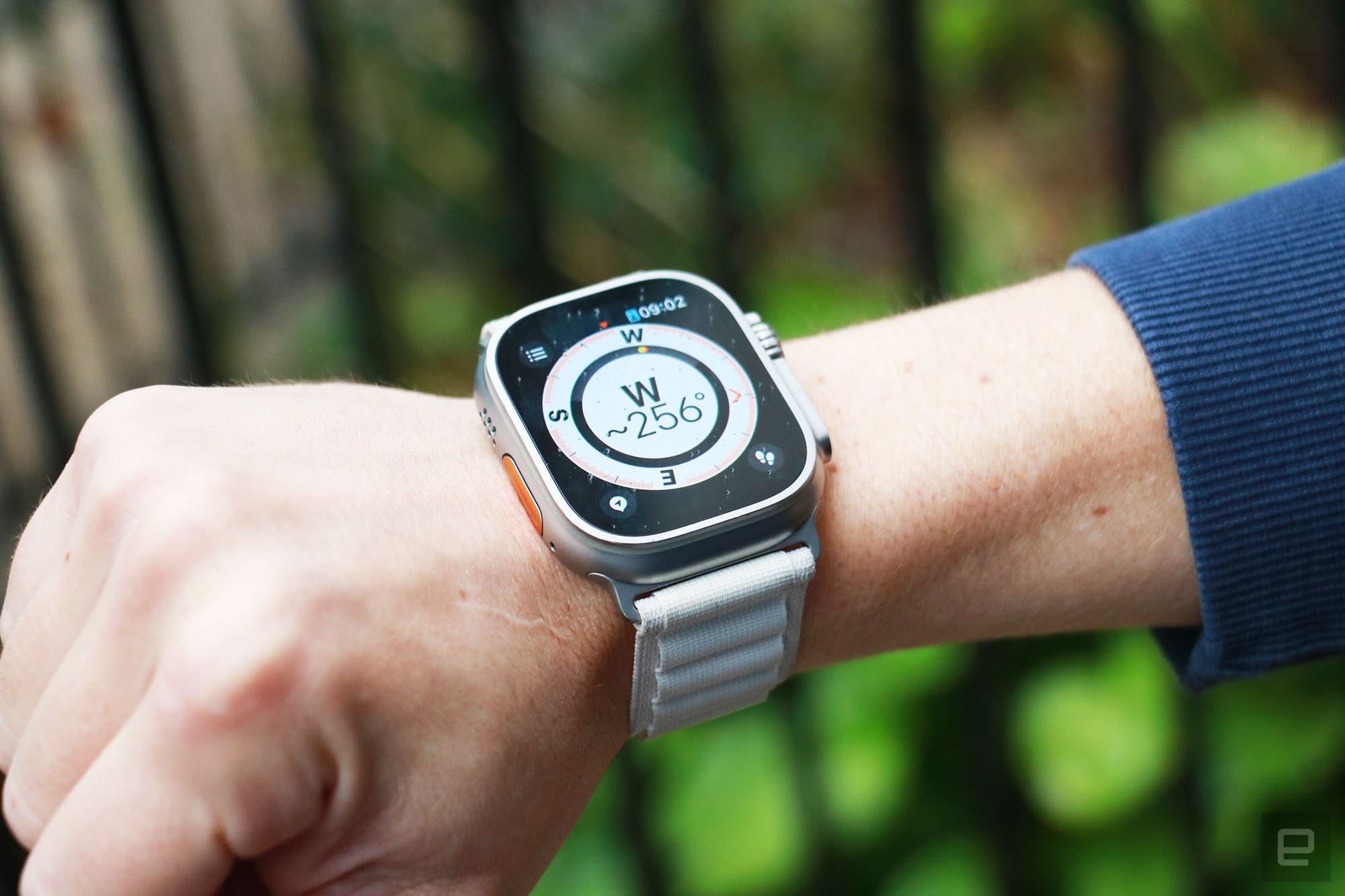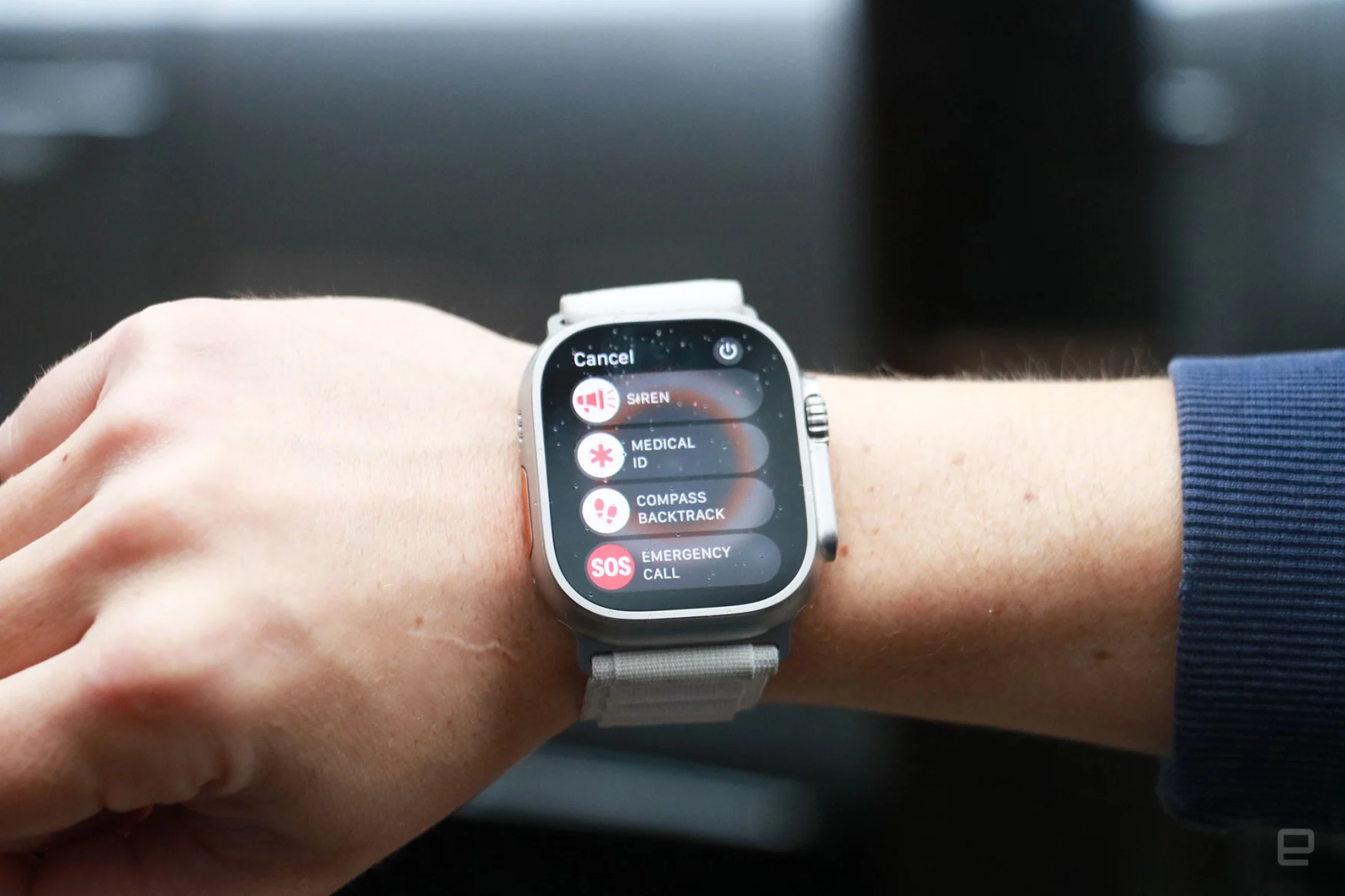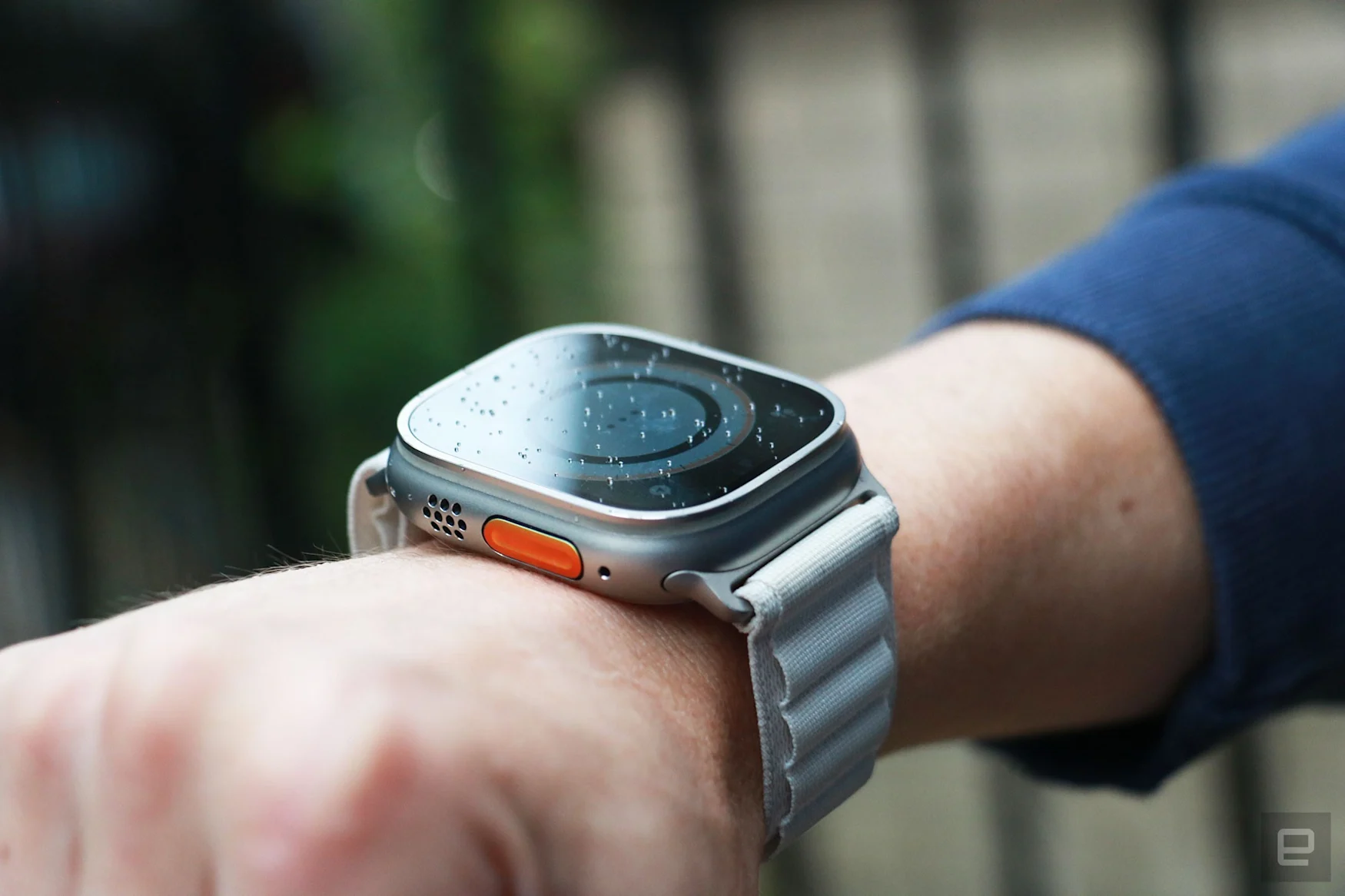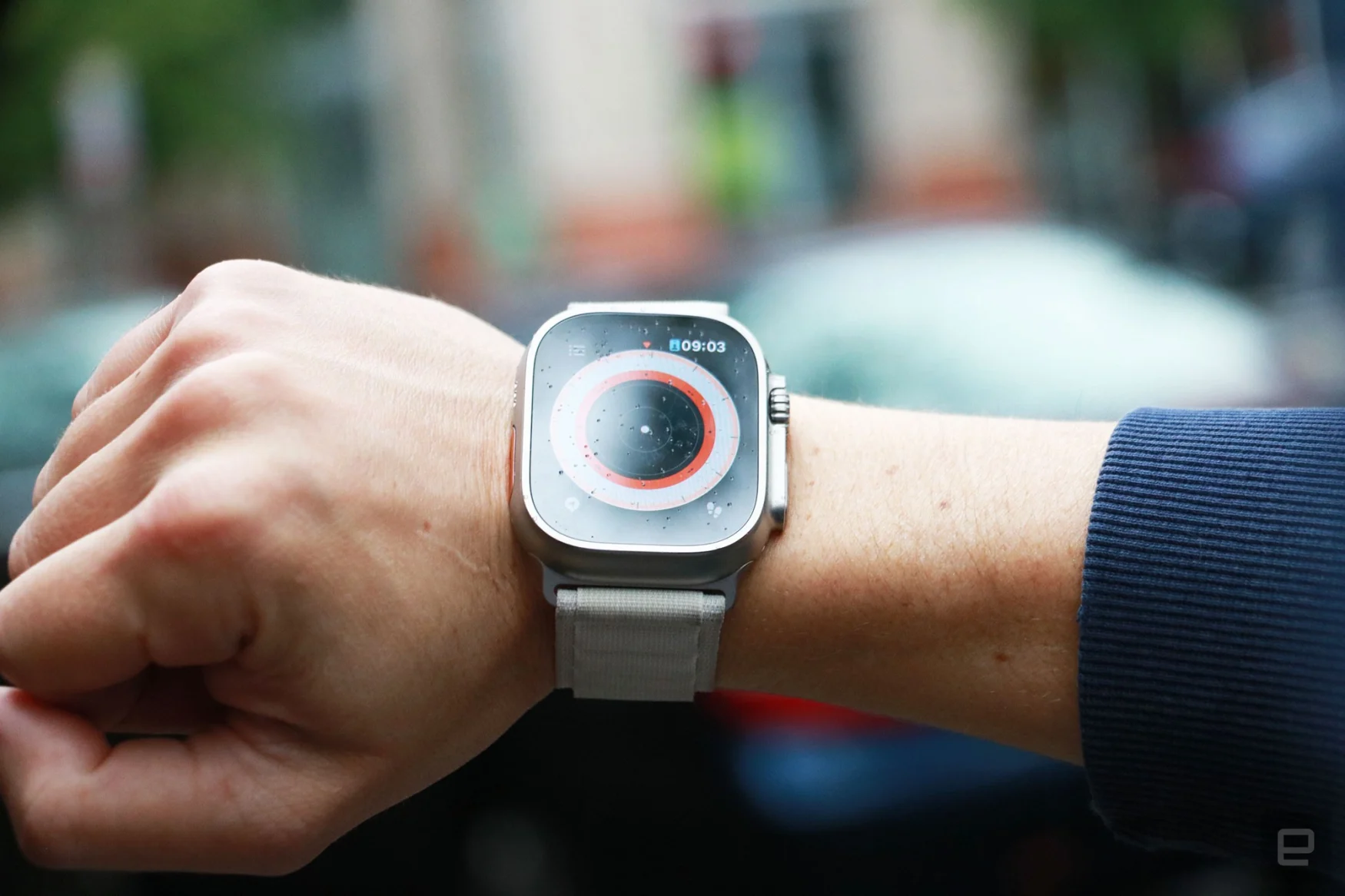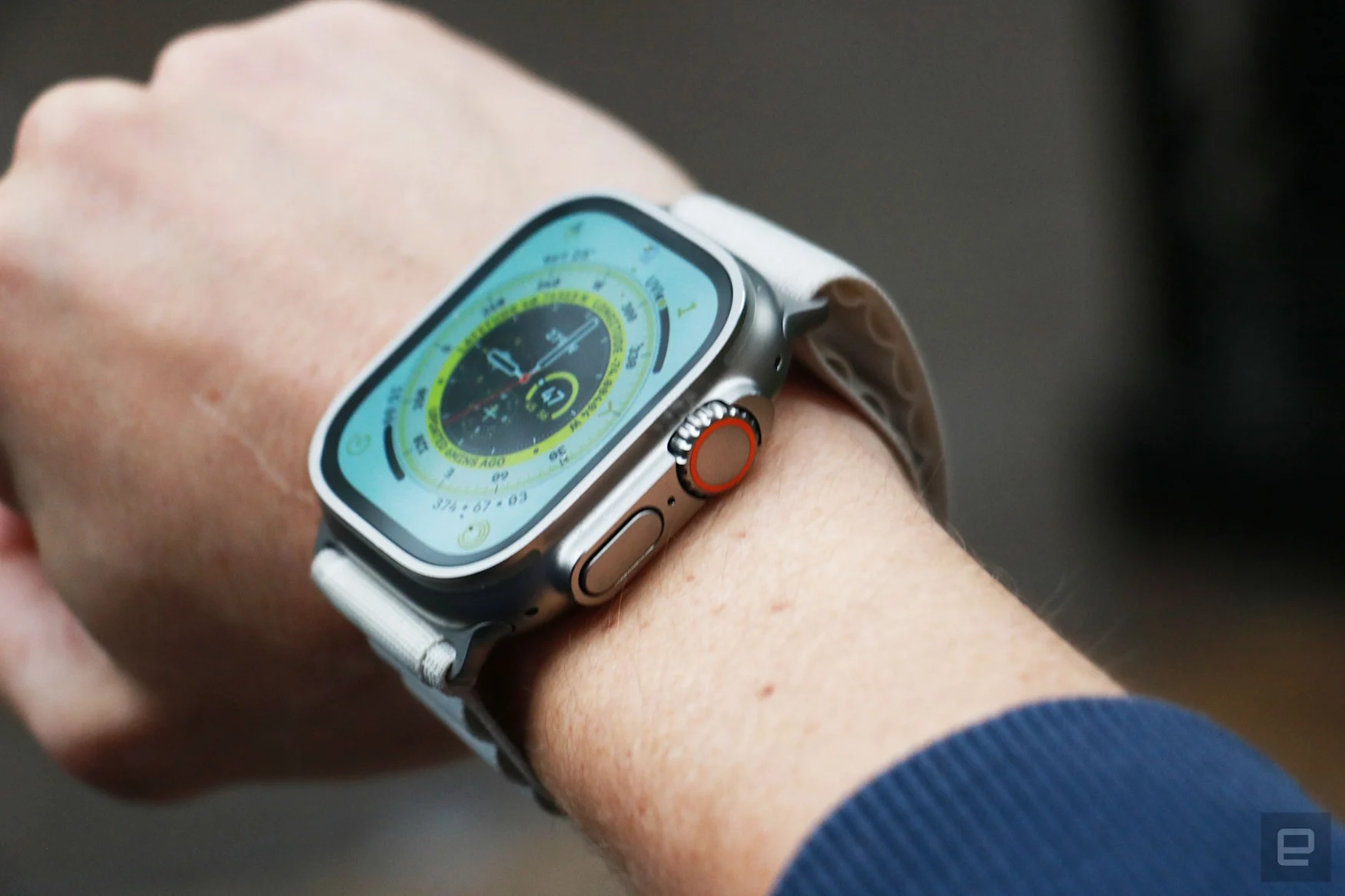It’s embarrassing to admit, but I frequently get lost. Even in the middle of well laid-out Manhattan, my friends cannot trust me with directions. So while the idea of wandering in the wilderness with nothing but the stars and a compass to guide me is alluring, I’ve never dared to actually do it. When Apple launched the Watch Ultra and showed off its navigation and compass-based features, I was intrigued. And though I’m not a fan of underwater activities, I was still impressed to learn about the diver-specific features.
But Apple didn’t just design the Watch Ultra for explorers and divers. It also built some special features for endurance athletes, like dual-frequency GPS for more accurate route tracking and pace calculations. The Watch Ultra is packed to the brim with tools for various outdoor use cases, but are all the bells and whistles worth its $800 price?
Design
My immediate thought when I first saw the Watch Ultra was “This is the Cat phone of smartwatches.” It’s a monster truck of a watch. Not only does it have a bigger screen than most wearables on the market, it’s also heavier. The Watch Ultra weighs a whopping 61.3 grams (2.16 ounces), which is almost 20 grams (0.7 ounces) more than Samsung’s Galaxy Watch 5 Pro. Meanwhile, the stainless steel 45mm Series 8, which is the next heaviest Apple Watch, comes in at 51.5 grams (1.81 ounces).
But despite sporting a 49mm screen, the Watch Ultra actually feels less clunky than Samsung’s Galaxy Watch 5 Pro, which uses a 45mm titanium case. I found the Watch 5 Pro uncomfortable compared to the Ultra. This is most likely because Samsung’s lugs and band curve in a way that makes it feel like a cuff. Even if you swapped out the band for something thinner, the curve is built into the frame and hugs your wrist like a vice grip.
Meanwhile, the Apple Watch Ultra’s underside is just like those on the Series 8 and SE. It’s mostly flat with slightly curved edges, and you attach straps by sliding them into a groove. I used the company’s ocean band when I first started testing the Ultra, and its “tubular geometry” (Apple’s words, not mine) is supposed to help it stretch over wetsuits while resisting water.
The bright yellow version I received is eye-catching and feels like a series of small rubber straws glued together. It makes a statement and is a conversation starter, but it wasn’t stretchy enough to simply pry off my wrist. Personally, I prefer the alpine loop strap. It still isn’t very stretchy, but it has a lower profile than the ocean band and is adjustable enough to fit my wrist perfectly. Finally, you can choose to get your Watch Ultra with the Trail Band, which is a more typical strap with velcro attachment and a pull tab that makes it easier to adjust. If none of these appeal to you, the good news is you can also use one of the bands for the standard watches instead.
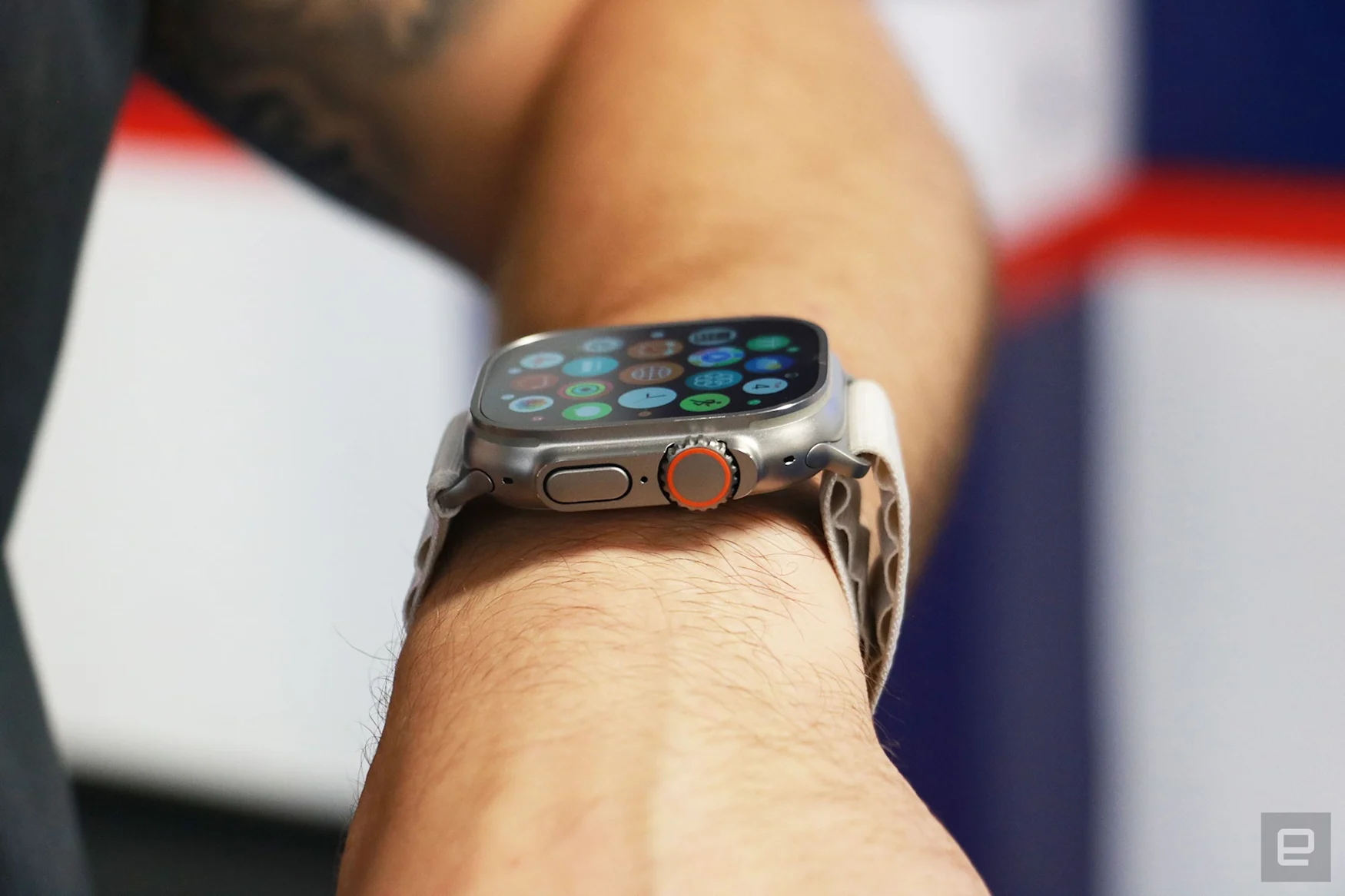
Regardless of the band you pick, the Watch Ultra’s case is, to use the technical term, a chonkster. For my relatively small wrist, it looks overwhelming and covers pretty much the entire width of my arm. On others with larger wrists, though, the Ultra looked comparable to a regular timepiece.
I don’t mind that it’s chunky, but some of the Ultra’s other design elements were frustrating. Apple added a titanium guard to the side to protect the digital crown from accidental rotations, which makes sense since the crown is also about 30 percent bigger than the Series 8 and has coarser grooves. The company did this to make the dial easier to rotate with gloves on, and it also raised the side button for the same reason.
When I tried using these controls with a pair of thick work gloves on, they were indeed easy to maneuver. But they frequently got triggered by accident, causing a lot of frustration.
On the Watch Ultra’s left side sits an orange Action button and a speaker grill. The titanium case extends straight up to surround the sides of the sapphire crystal screen, which is flat instead of slightly curved like the Series 8 or SE. This gives it a weird shape, but only if you look at it from the side. From the top down, the Ultra looks just like a 45mm Series 8.
